- PCB Assembly
- PCB Fab
- Resources
- Company
- Blog
Unleashing Innovation with LED PCB Boards in Modern Electronics Design
In today's rapidly evolving electronics landscape, the demand for efficient and innovative design solutions has never been greater.
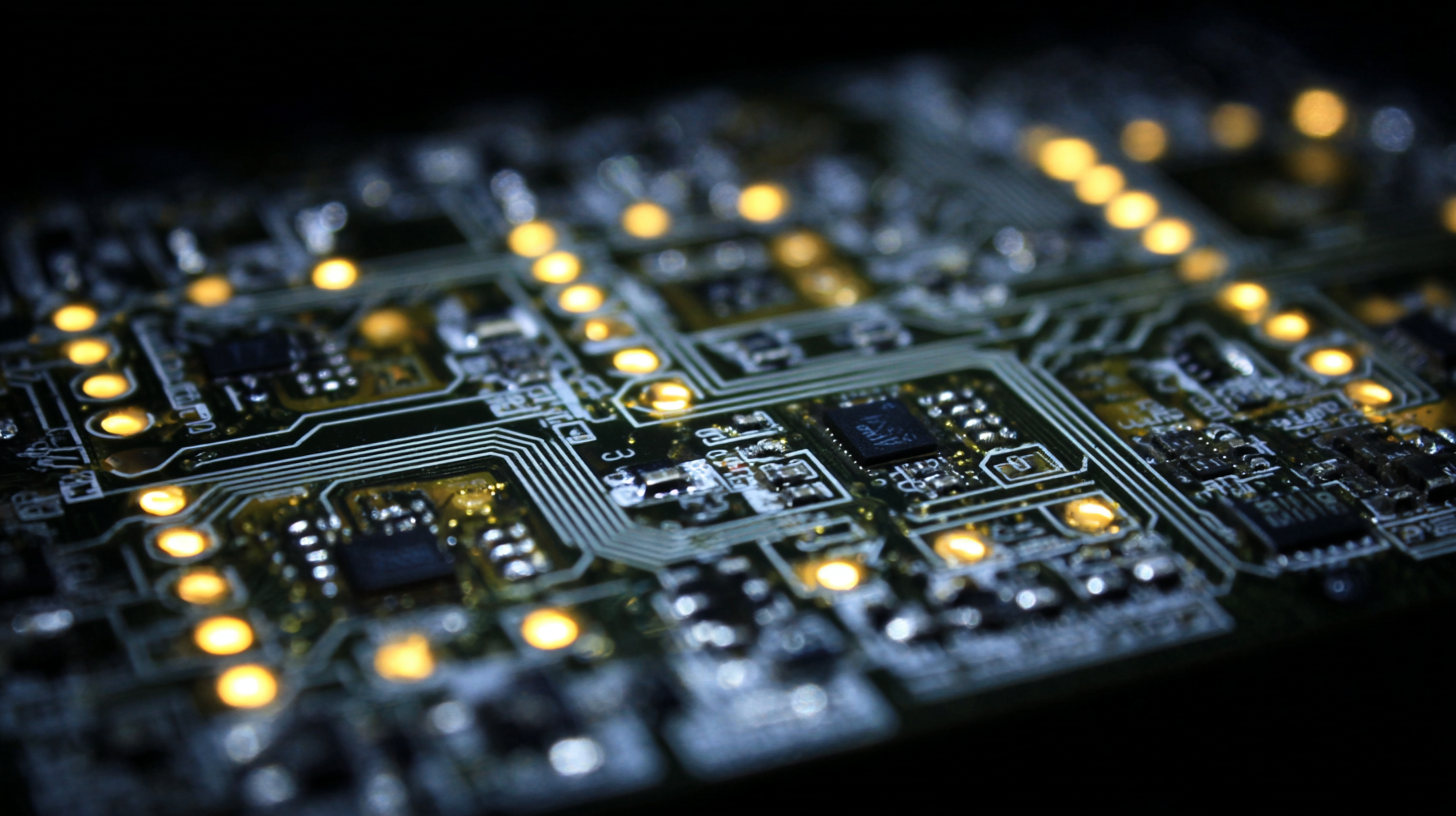 LED PCB boards have emerged as a crucial component in this transformation, enabling designers to create next-generation products that meet the needs of both consumers and industry.
According to a recent report by MarketsandMarkets, the global LED lighting market is expected to reach $105.5 billion by 2025, primarily driven by advancements in LED technology and integration with printed circuit boards (PCBs).
The versatility and compactness of LED PCB boards not only enhance thermal management but also facilitate intricate circuit designs that lead to a reduction in size and weight of electronic devices.
This article delves into the methodologies and best practices for effectively utilizing LED PCB boards in modern electronics design, paving the way for unparalleled innovation and efficiency in product development.
LED PCB boards have emerged as a crucial component in this transformation, enabling designers to create next-generation products that meet the needs of both consumers and industry.
According to a recent report by MarketsandMarkets, the global LED lighting market is expected to reach $105.5 billion by 2025, primarily driven by advancements in LED technology and integration with printed circuit boards (PCBs).
The versatility and compactness of LED PCB boards not only enhance thermal management but also facilitate intricate circuit designs that lead to a reduction in size and weight of electronic devices.
This article delves into the methodologies and best practices for effectively utilizing LED PCB boards in modern electronics design, paving the way for unparalleled innovation and efficiency in product development.
Advantages of LED PCB Boards in Contemporary Electronics
LED PCB boards have revolutionized contemporary electronics design by offering a plethora of advantages that enhance functionality and efficiency. One of the most significant benefits is their ability to provide direct lighting through the circuit board itself. This integration reduces the need for separate lighting elements, leading to slimmer and more compact designs. Additionally, the heat dissipation capabilities of LED PCB boards are superior, contributing to extended lifespan and reliability of electronic devices.
Tips: When designing with LED PCB boards, ensure proper thermal management by incorporating heat sinks or using materials with high thermal conductivity. This will optimize performance and reduce the risk of overheating.
Another advantage is their eco-friendliness. LED technology consumes significantly less power compared to traditional lighting, making devices more energy-efficient. This not only lowers operational costs for users but also aligns with the growing demand for sustainable solutions in electronics. Moreover, the versatility of LED PCB boards allows for diverse applications, ranging from consumer gadgets to large-scale industrial systems.
Tips: Consider using advanced simulation software during the design phase to visualize performance and make necessary adjustments before production. This can save time and resources while enhancing the overall design quality.
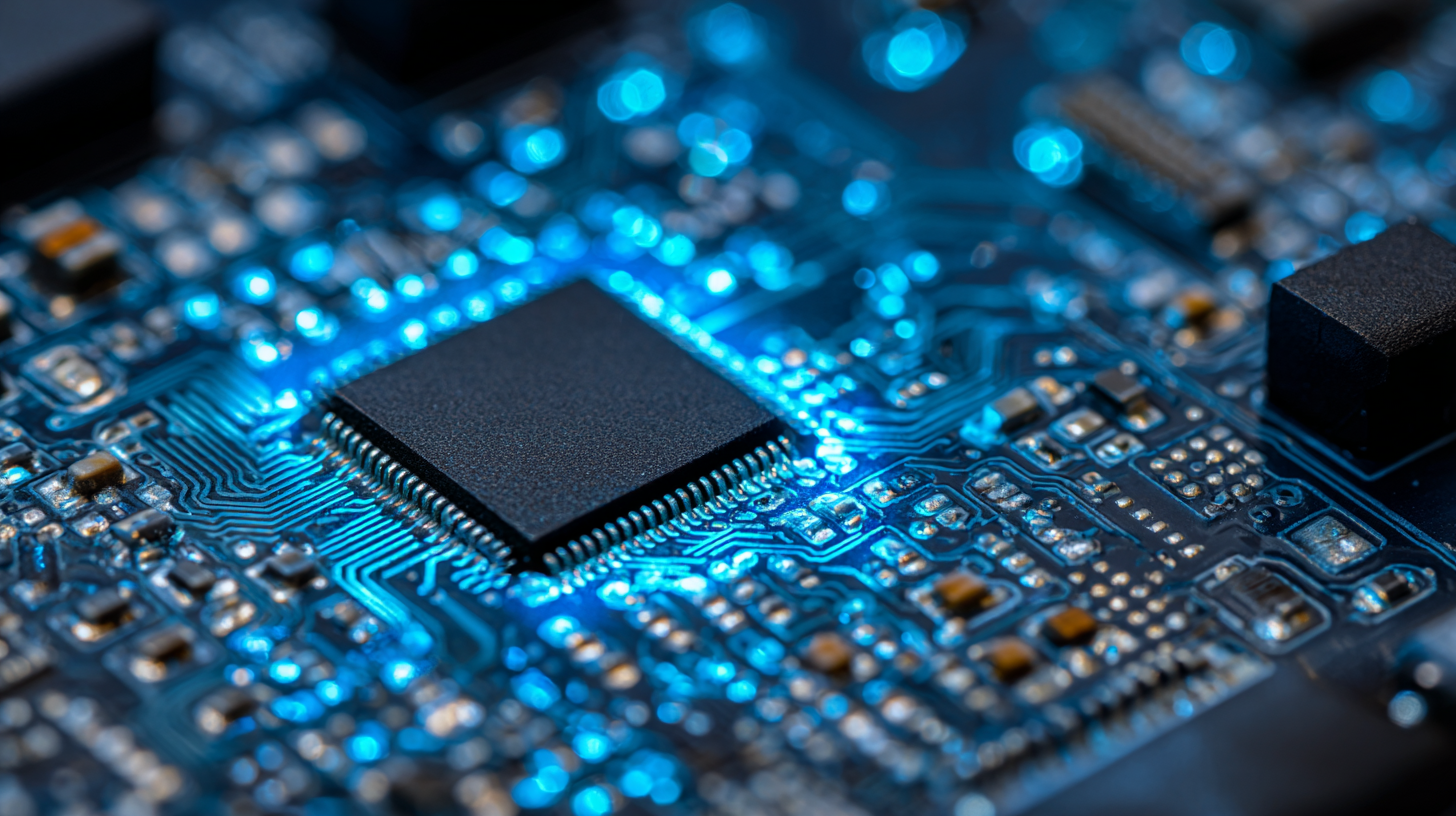
Key Innovations Driven by LED PCB Technology
The advent of LED PCB technology has revolutionized modern electronics design, driving key innovations across various applications. With enhanced energy efficiency, compact size, and superior thermal management, LED PCB boards serve as the backbone of cutting-edge displays, such as high-resolution televisions and advanced lighting systems. The integration of LED technology into PCB design not only improves performance but also reduces the overall footprint of electronic devices.
Tips for designers considering LED PCBs include emphasizing thermal management strategies to ensure longevity and reliability of the components. Additionally, focusing on high-density interconnect capabilities can facilitate more complex circuit designs without sacrificing performance. As the market continues to evolve, staying updated on the latest advances in LED technology will be crucial for maintaining competitive advantage.
Moreover, leveraging the benefits of specialized coatings and materials can enhance durability and reduce environmental impact. Understanding the specific requirements of each project allows designers to customize their approach, leading to innovative solutions that meet both consumer demands and sustainability goals.
LED PCB Innovation Impact on Modern Electronics Design
Design Considerations for Effective LED PCB Integration
When considering effective LED PCB integration in modern electronics design, several design considerations must be taken into account. Firstly, thermal management is crucial. LED components generate significant heat, which can impact the longevity and functionality of both the LEDs and the circuit itself. Designers should incorporate adequate heat sinks and ensure proper spacing between LEDs to facilitate airflow. Additionally, selecting the right materials with high thermal conductivity for the PCB substrate can drastically improve thermal performance.
Another vital aspect to consider is the layout and placement of the LEDs on the PCB. Proper alignment not only ensures optimal light distribution but also minimizes the risk of electrical interference. Utilizing simulation tools during the design phase can help in visualizing light output and identifying potential issues early on. Furthermore, the choice of driver circuits plays a significant role in achieving consistent brightness and extending the lifespan of the LEDs. By addressing these considerations, designers can enhance the functionality and reliability of LED PCBs, paving the way for innovative applications in modern electronics.
Applications of LED PCBs in Various Industries
LED PCB boards have become indispensable in modern electronics design, finding applications across various industries. In automotive lighting, for instance, LED PCBs enhance visibility while consuming less power, leading to energy-efficient vehicles. In consumer electronics, they provide vibrant displays in smartphones and televisions, transforming user experiences with brighter colors and improved lifespans. Moreover, the healthcare industry benefits from LED technology in medical devices and diagnostic equipment, where precise lighting can enhance the accuracy of procedures and imaging.
**Tip:** When designing with LED PCBs, ensure to consider thermal management early in the development process. Proper heat dissipation techniques not only enhance the performance of LED units but also extend their operational longevity.
The versatility of LED PCBs extends to the retail sector, where they are utilized in signage and display solutions, creating eye-catching advertisements that attract customers. In home automation, smart lighting systems employ LED PCBs to offer customizable and energy-efficient lighting options, seamlessly integrating with modern lifestyles. This adaptability showcases how LED PCBs are not just components but pivotal players in the evolution of multiple industries.
**Tip:** Always prioritize choosing high-quality materials for your LED PCBs to guarantee optimal performance and reliability. This investment can lead to substantial long-term savings and enhancements in product durability.
Future Trends in LED PCB Development and Usage
The rapid transformation of the electronics manufacturing landscape is significantly influenced by advanced technologies such as LED PCB boards. As the demand for energy-efficient and high-performance lighting solutions continues to surge, the LED PCB market is projected to witness substantial growth. According to industry reports, the Mini LED backlight market alone is expected to experience a robust CAGR, driven by applications in displays for various sectors including consumer electronics and automotive. Furthermore, the competition among display technologies, notably Mini LED and OLED, indicates a fierce battle, particularly in the realm of large-scale display systems.
In the broader spectrum of electronics design, several key trends are emerging. For instance, the global semiconductor industry is observing increased foreign investments, especially in regions like India, where the government is incentivizing the development of chip fabrication plants and advanced packaging technologies. This strategic push can potentially reshape the fabric of the electronics market, providing a fertile ground for startups to thrive. Current insights suggest that out of more than 1200 startups in the electronics space, a significant number are leveraging the latest innovations in LED technology, highlighting the critical intersection of creativity and technology in driving future trends.
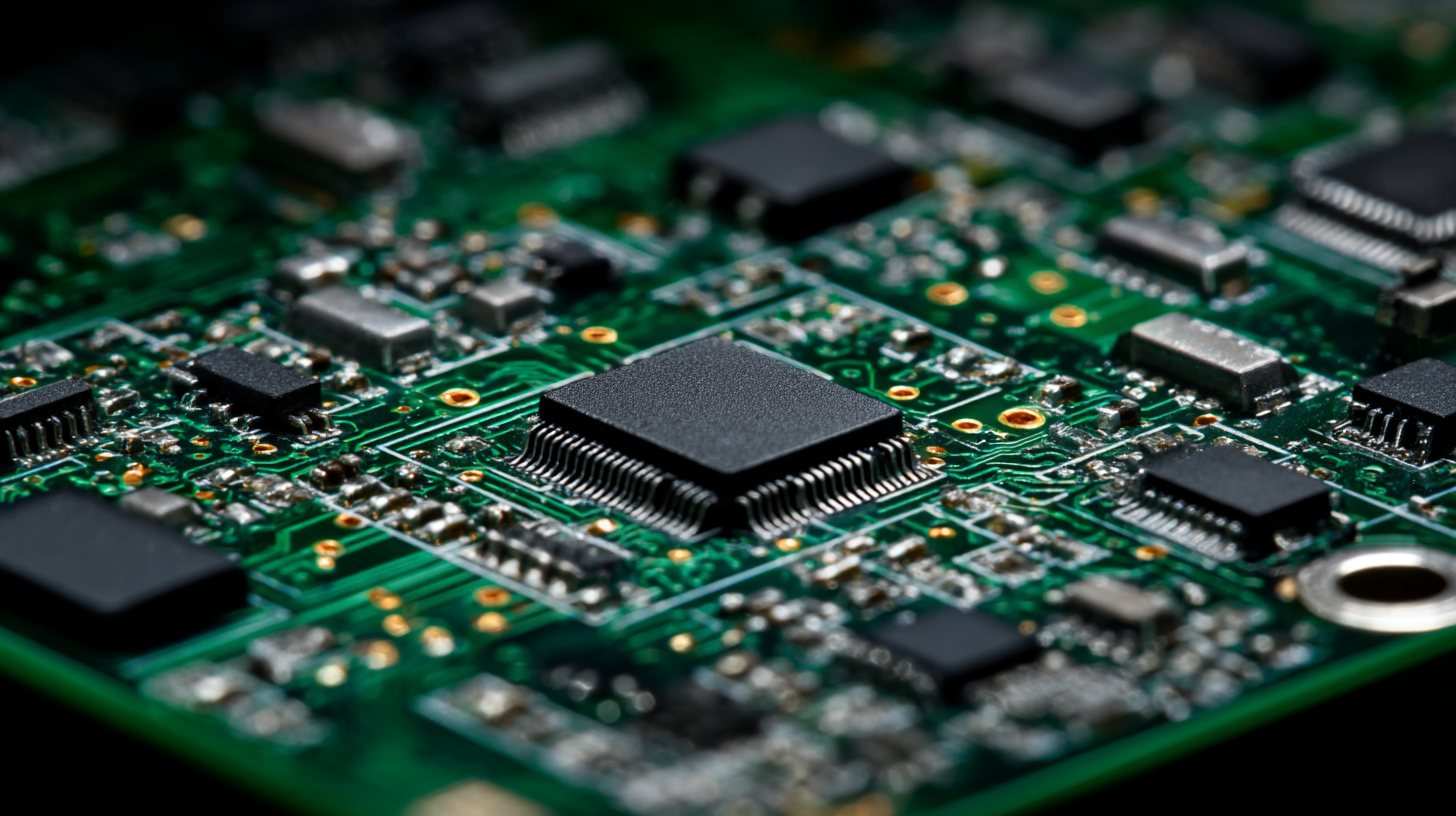
Related Posts
-

Exploring the Future of Best Led Circuit Board Innovations and How to Integrate Them by 2025
-
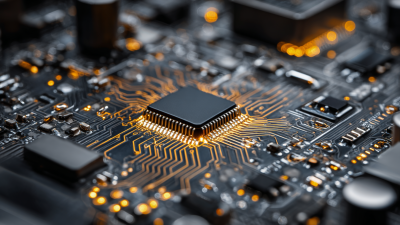
Embracing 2025: A Comprehensive Checklist for the Future of Best LED PCB Boards in Industry Trends
-
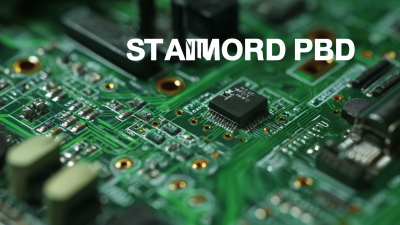
Understanding Industry Production Standards for Optimal Best Pcb Board Components Performance
-

How to Choose the Right Partner for Your Circuit Board Manufacturing Needs
-
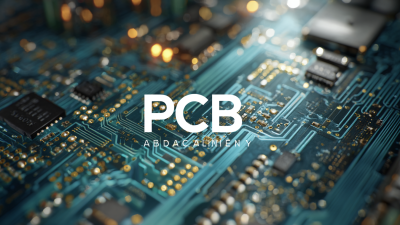
Global Leaders in PCB Assembly: Unlocking Top Quality and Efficiency for Worldwide Exports
-
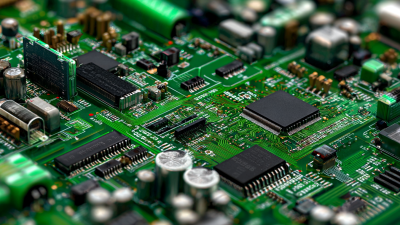
A Comprehensive Comparison of Top PCB Circuit Board Manufacturers
Phone
 WhatsApp
WhatsAppEmail
Offer Electronics Manufacturing All-in-One
PCBONLINE® is a registered trademark or service mark of pcb online limited or its affiliates.
Copyright © 2001-2024 Pcb Online Limited. All rights reserved